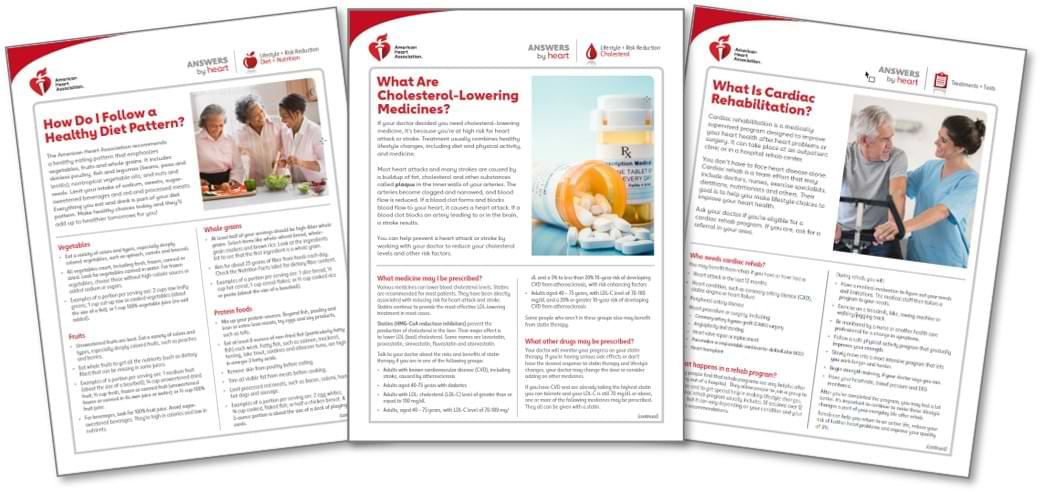
In a stress echocardiography, an ultrasound of the heart is performed before and after the heart is stressed either through exercise or a medication that stimulates the heart. Echocardiography, which uses ultrasound to create moving pictures of the heart.Patients who are unable to exercise instead receive a medication that makes the heart beat harder and faster. Exercise cardiac stress test (also called a cardiac stress test or exercise electrocardiogram) which involves walking on a treadmill or pedaling a stationary bike at increasing levels of difficulty, while heart rate and rhythm, blood pressure and the electrical activity of the heart (using electrocardiography) are monitored to determine if there is adequate blood flow to the heart when the heart is stressed.Electrocardiography (ECG or EKG), which measures the electrical activity of the heart and reveals information on heart rate and rhythm.blood pressure levels, the force of blood against the artery walls both when the heart beats and when it is at rest (systolic and diastolic, respectively).ĭepending on the results of initial screening tests and the presence of risk factors for coronary artery disease, your doctor may recommend additional testing, including:.


C-reactive protein appears in higher amounts when there is inflammation or swelling somewhere in the body.

In order to be widely accepted and recommended by medical practitioners, a screening program must meet a number of criteria, including reducing the number of deaths from the given disease. The goal of screening is to detect disease at its earliest and most treatable stage. Screening exams find disease before symptoms begin.


 0 kommentar(er)
0 kommentar(er)
